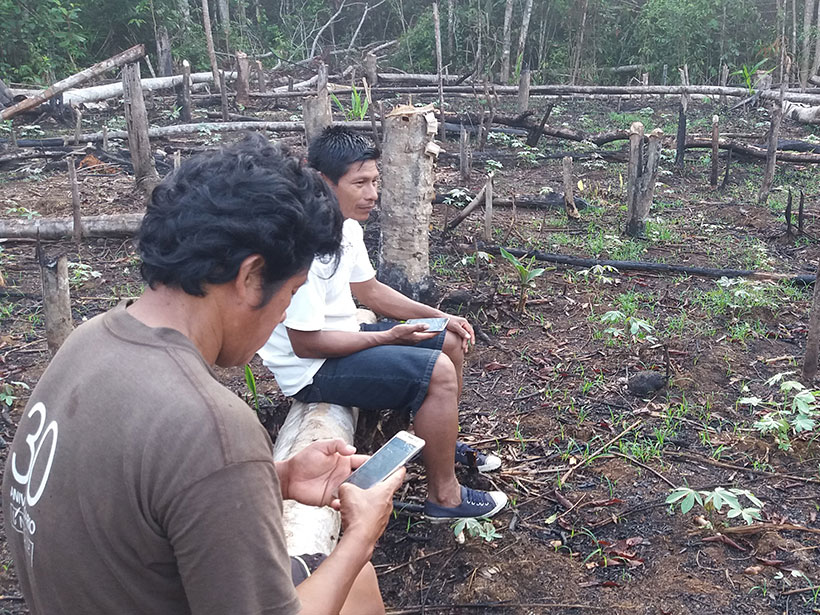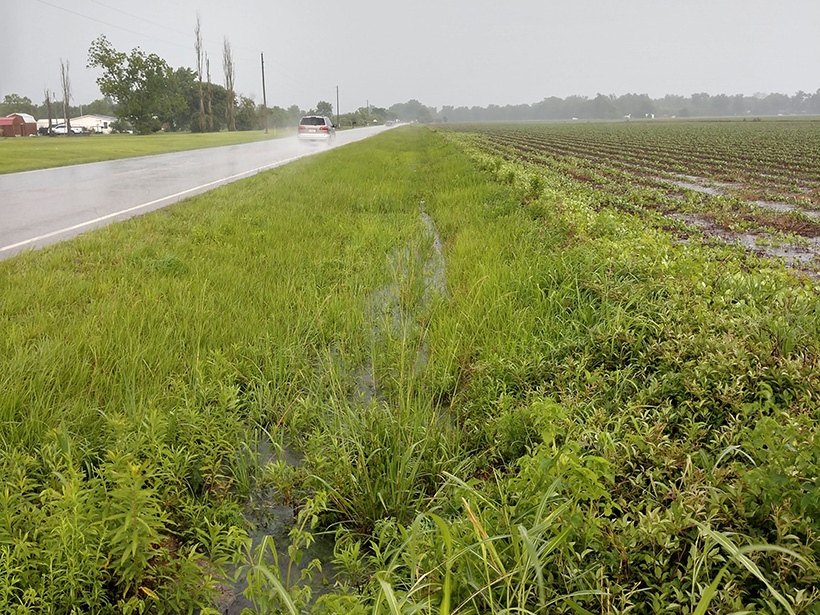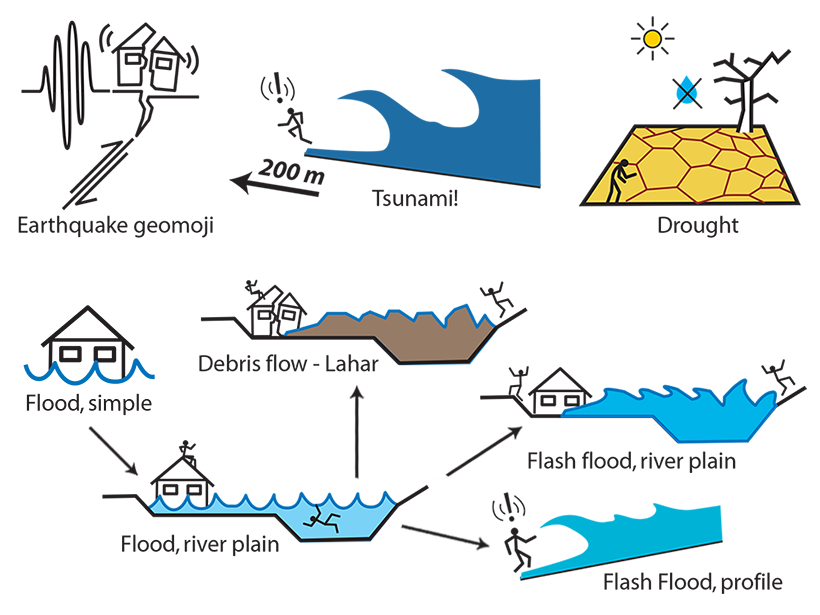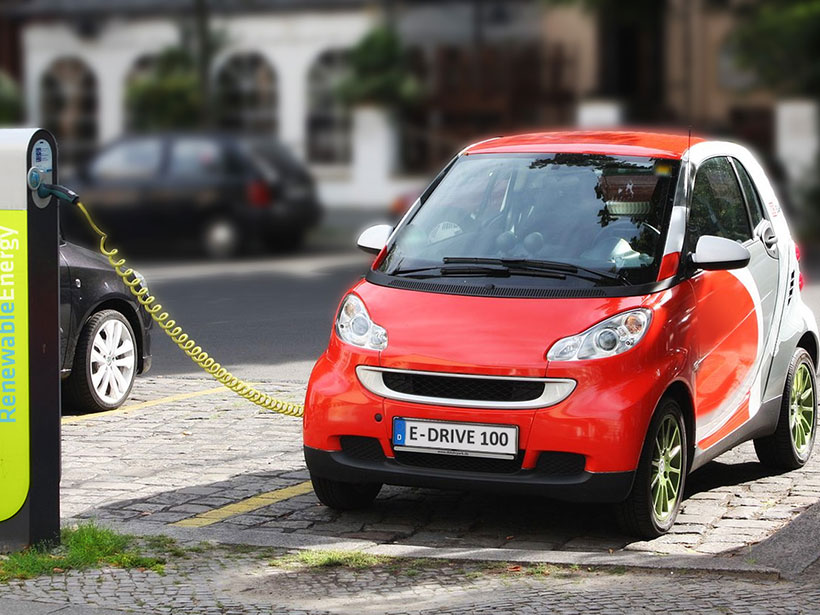Earth and environmental sciences have some of the least diverse racial and ethnic representation in academia. To face profound future challenges, the fields need to address the inequities of the past and how they inform the present.
ENGAGE
Indigenous Peoples Harness Space Technology to Stop Deforestation
Satellite observations have long been used to detect deforestation, and a new study shows that giving Indigenous groups greater access to these data can improve response times and reduce tree cover loss.
Climate Change and Extreme Weather Linked in U.N. Climate Report
A major scientific assessment of global climate science found a much stronger connection between climate change and extreme weather than ever before.
Index Suggests That Half of Nitrogen Applied to Crops Is Lost
Food production is becoming less efficient at using nitrogen fertilizer, according to a review of global values. Excess nitrogen damages the environment and the climate.
Roadside Ditches Are Effective at Nitrogen Removal
Researchers compared the nitrogen removal potential by microbes in ditches that drained forested, urban, and agricultural lands and discovered that roadside ditches are important areas for removing nutrients.
Geomojis Translate Geoscience Across Any Language
Newly created pictograms aim to easily communicate geoscience and geohazard terms.
Carbon Capture Can’t Solve the Climate Problem Without Individual Actions
Individual choices like the adoption of electric vehicles are going to factor heavily in meeting the climate objectives of the Paris Agreement.
Six Ways Satellites Tracked COVID-19
A new database reveals dimmer cities, empty farming fields, and vacant ports.
Pollution Spikes in Chile Tied to Soccer Fans’ Barbecuing
In Santiago, mysterious pollution spikes—tenfold above normal levels—occur during televised soccer matches and are caused by tens of thousands of barbecues, new results reveal.










